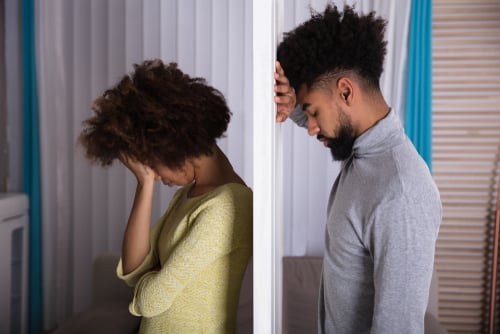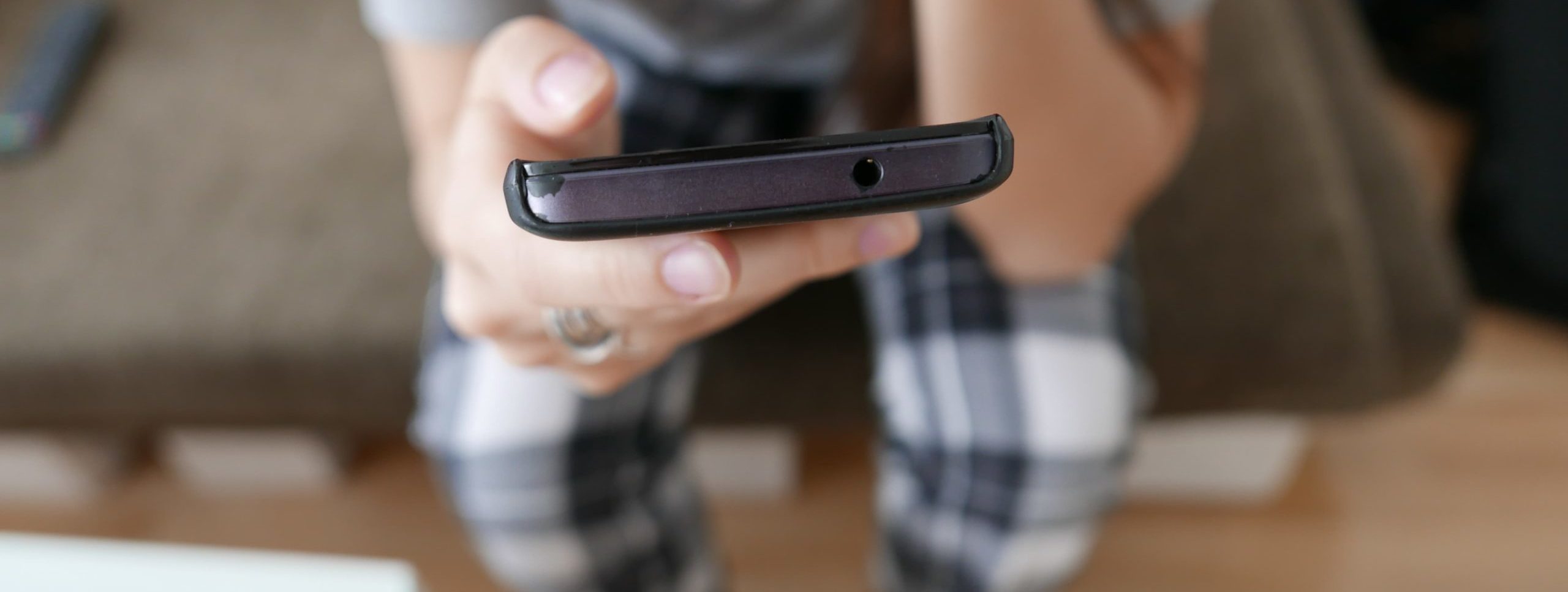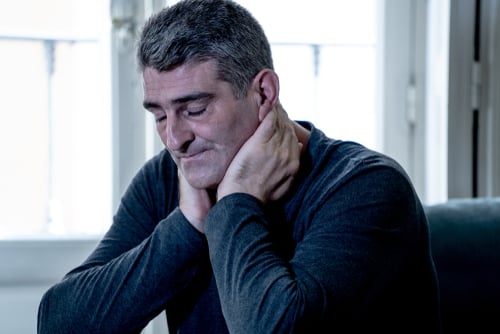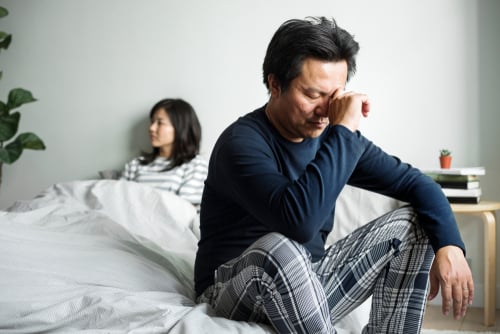Being infatuated with your partner at the start of a relationship is perfectly natural. What’s more, you may still be equally crazy about your partner years after you first started dating. And that’s great, too. However, being too dependent on your partner for your own happiness and clinging to them every hour of every day may indicate that your relationship may not be as healthy as you would like it to be.
If you need help changing your ways and working things through with your partner, consider attending a couple workshop for deepening your relationship. Professional insights may help you gain a better understanding of your attachment styles and allow you to overcome your emotional neediness.
If you suspect that you may be too needy with your partner, you should first understand why that may be. Read on.
How Do You Know If You’re Being Too Needy?

Unfortunately, not all people were raised in a warm and loving environment which encouraged forming secure attachments. We all need emotional support, especially when times get tough, but individuals who have an anxious attachment style may struggle more than others in this regard and are often seen as overly needy. If you suspect that you may be too emotionally dependent on your partner, look out for the following signs:
- You ignore your own needs and focus on making your partner happy as a way of filling the emotional gap inside you.
- You fear that your partner may not love you as much as you love them and constantly seek reassurance.
- You need your partner to make you feel safe, secure and appreciated. When you’re alone, you feel worthless.
- You are overly sensitive to criticism and have low self-esteem.
- You are extremely jealous and afraid of losing your partner to someone else.
- You stalk your partner on social media looking for indications of infidelity.
- You fear that your relationship will fall apart at any moment.
These behaviors can make your partner feel smothered and emotionally exhausted. While you may not be able to easily control your needy impulses, understanding why you are the way you are may help you keep things in check.
What Makes A Person Emotionally Needy?
Children need emotional support and love to grow into healthy and happy individuals. If your parent or caregiver was inconsistent with nurturing and affection while you were a child, you may have developed a tendency to seek the support you haven’t received back then in your relationships. A lack of emotional support in childhood may lead to fear, anxiety, and neediness later in life.
Extreme stress, health concerns, and other unfortunate circumstances may also increase your neediness toward your partner. If that’s the case, you should practice patience with your partner and consider seeking help from a professional relationship coach.
What Does It Mean To Be Independent In A Relationship?
Having a loving and supportive partner is a wonderful thing. If you are in a happy relationship, it’s only natural that you would want to spend each moment with your partner, being both physically and emotionally intimate. However, your partner should not be your sole source of happiness, love, and entertainment. After all, you are your own person, and your partner is an independent individual as well.
Having your own interests and hobbies apart from your partner doesn’t mean that you don’t care about them. The same goes for your partner. No matter how much they love you, they may still want to spend time with their friends or family, work on their own goals, or simply have some time to themselves. That doesn’t mean that they don’t appreciate and love you.
How Do You Become Independent In A Relationship?
If you feel like you are overly dependent on your partner and are willing to work gaining independence, know that change is possible. The following tips may help you on your path:
- Learn to recognize and accept your feelings.
If you feel a certain way, you shouldn’t try and ignore or suppress your emotions. Instead, take time to understand yourself and write down your feelings to see if that helps.
- Have your own hobbies and interests.
Find an activity that interests you and gives you an opportunity to spend time away from your partner, whether it’s going to the gym, taking up a drawing class, or starting your own business.
- Work on loving yourself.
We can’t stress this enough. You first need to learn how to love and appreciate yourself for who you are before you can love someone else. You are worthy, lovable, and interesting – make sure you understand that.
- Spend time with other people.
Instead of being with your partner all the time, reach out to your friends, and work on deepening your relationship with them. Have new experiences, meet new people, and have fun. Your partner won’t mind if they truly care about you.
- Focus on tending to your own needs.
Emotionally needy people often go out of their way to fulfill their partner’s needs while completely ignoring their own. If that sounds like you, make sure to recognize and work on your own wishes and desires.
- Find support outside of your relationship.
Whether it’s a friend, family member, or a professional coach, sharing your feelings and thoughts with another person apart from your partner can be of immense benefit to gaining independence and finding happiness.
Where Can I Find Intensive Codependency Workshops Near Me?

Building strong and healthy relationships is necessary for good mental health and overall wellbeing. Whether you feel like you are pushing the people in your life away or need help starting a new relationship online, seeking help from a professional relationship coach can be highly beneficial.
PIVOT is your trusted partner whenever you need advice and guidance in your emotional life. Our individual coaching can help you find happiness, while our intensive workshops may be the key to overcoming codependency in your relationship. No matter what your relationship struggles may be, we are here to help. Give us a call!



















